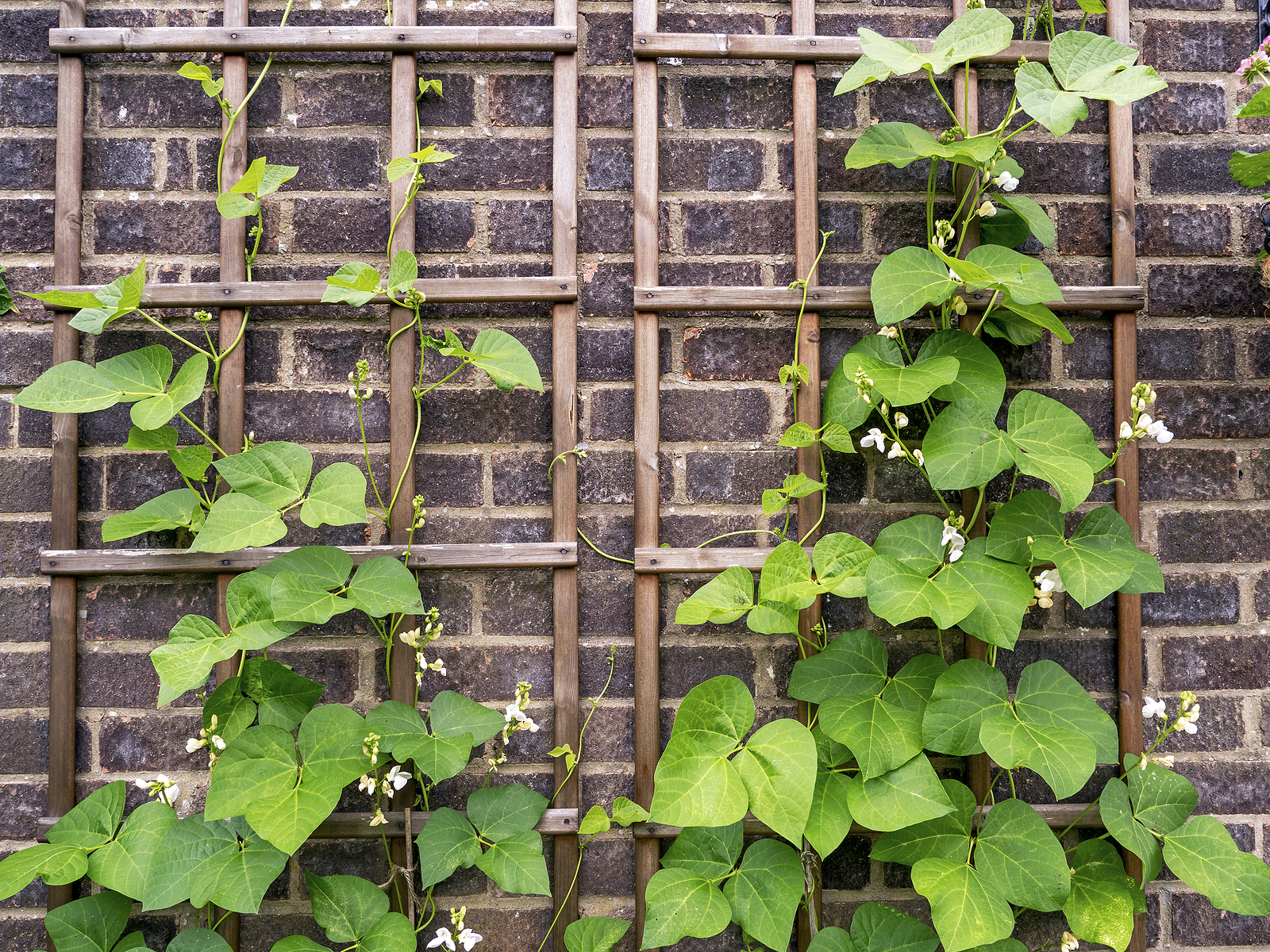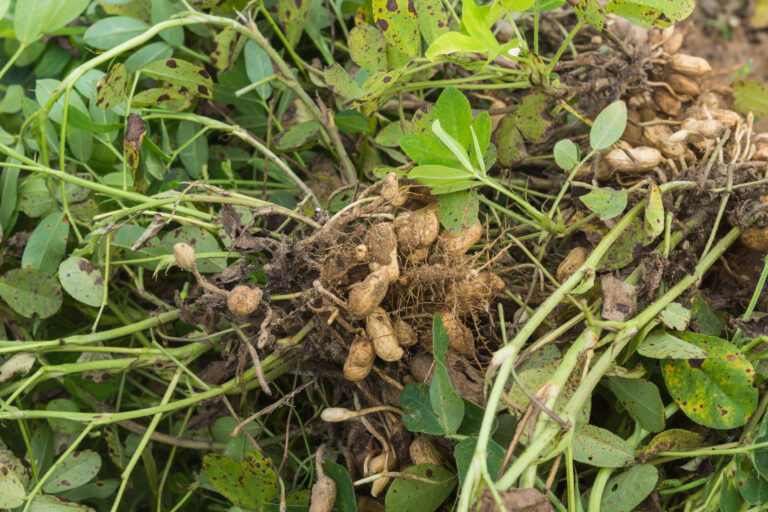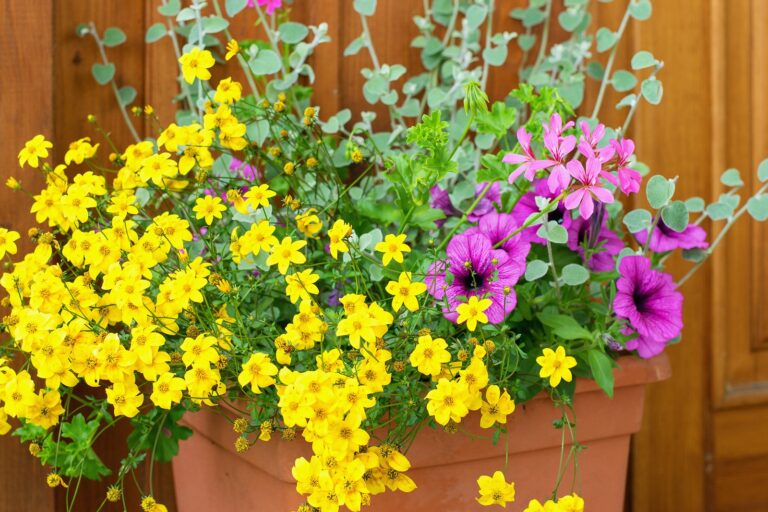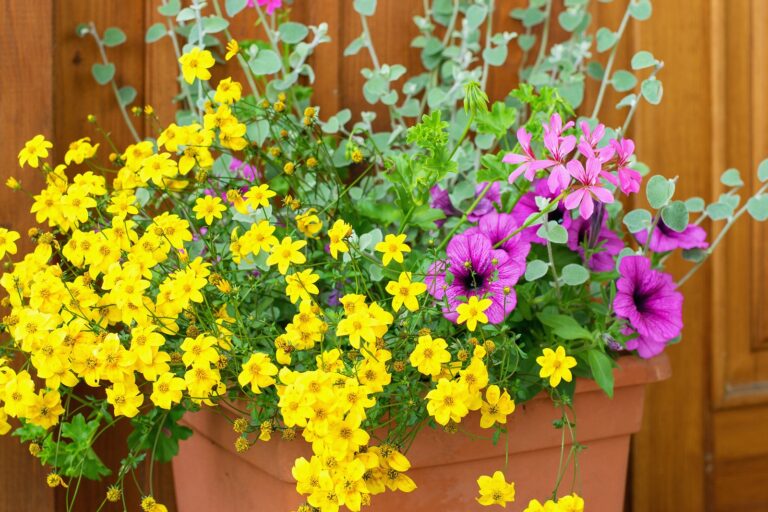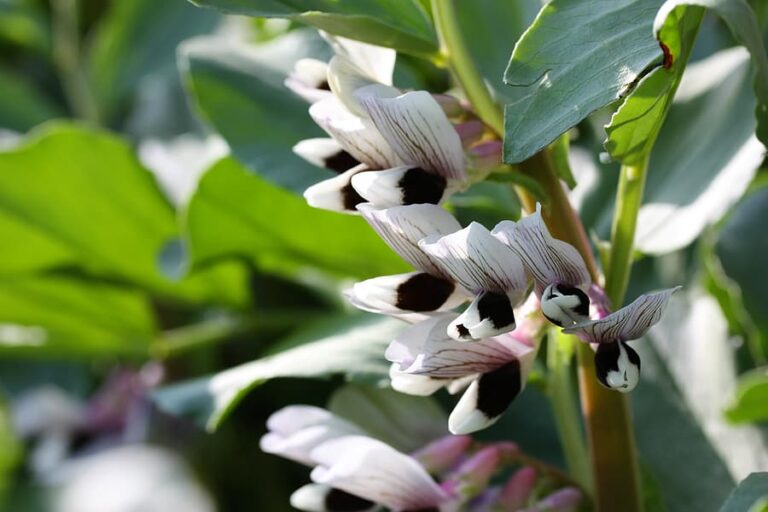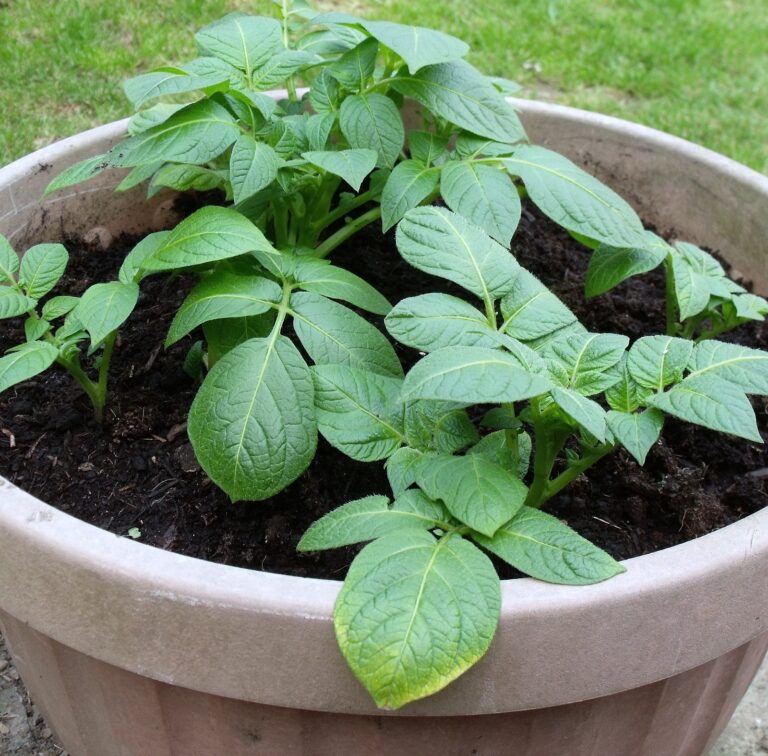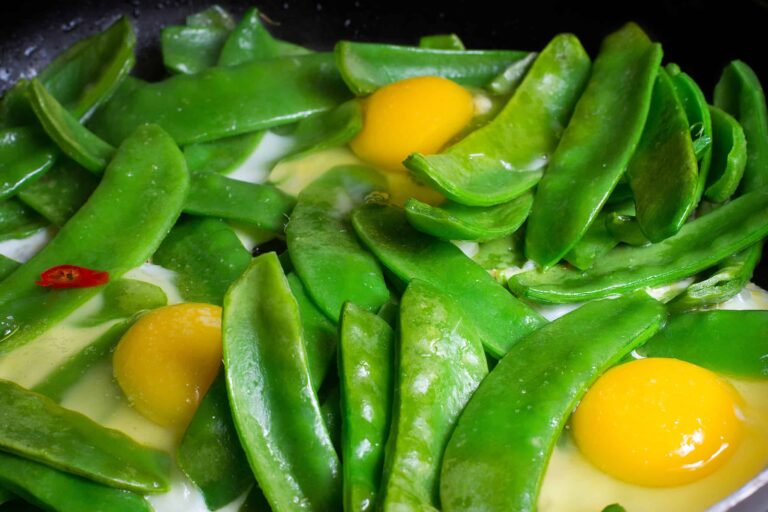A Guide to Growing Snap Beans in Containers
I’ve found that growing beans in containers is one of the best ways to enjoy fresh, homegrown snap beans—especially if you’re short on garden space. Whether you have a balcony, patio, deck, or even a sunny indoor spot, beans thrive in pots with the right care. I’ve grown bush beans in large containers for quick harvests and trained pole beans up trellises on my patio for a steady supply of fresh beans throughout the season.
Bush beans are my go-to for container gardening because they stay compact, mature quickly, and still produce a generous harvest in just a few weeks. A single large pot can hold three to six plants, making them a great choice for small spaces. Pole beans, on the other hand, require tall, sturdy supports, but their extended harvest makes them worth the effort if you have room for a trellis.
If you want to maximize your bean harvest in a small space, choosing the right variety, container size, and support system is key. Below, I’ll share what I’ve learned about planting, caring for, and harvesting snap beans in containers—so you can enjoy a fresh, homegrown crop no matter where you live.
Container growing beans fast facts
Here are some essential facts to help you choose the best setup for growing beans in containers.
- Grow as: annual, grow indoors year-round
- Plant size at maturity: bush beans grow 15 to 20 inches tall; pole snap beans grow 5 to 8 feet tall.
- Start from: seeds or transplants
- Minimum soil depth or pot depth: 8 to 12 inches
- Light requirement: Full sun
- Temperature requirement: Beans are a warm-weather crop; plant beans as soon as the soil reaches 65°F
- Days to harvest: 50 to 60 days
- Seed viability: 3 years
Container size for beans
Here’s what you need to know about containers to grow beans on a patio, deck, or balcony.
- Plant snap beans in patio or balcony containers.
- Use a 2-gallon container for 3 plants of bush beans.
- Use a 5-gallon container for 3 plants of pole beans.
- Allow a depth of 8 to 12 inches of container soil for beans.
- Pole beans need to be supported by stakes or trellises. Attach a garden trellis to the back of the container or grow beans up strings attached to a tall horizontal support.
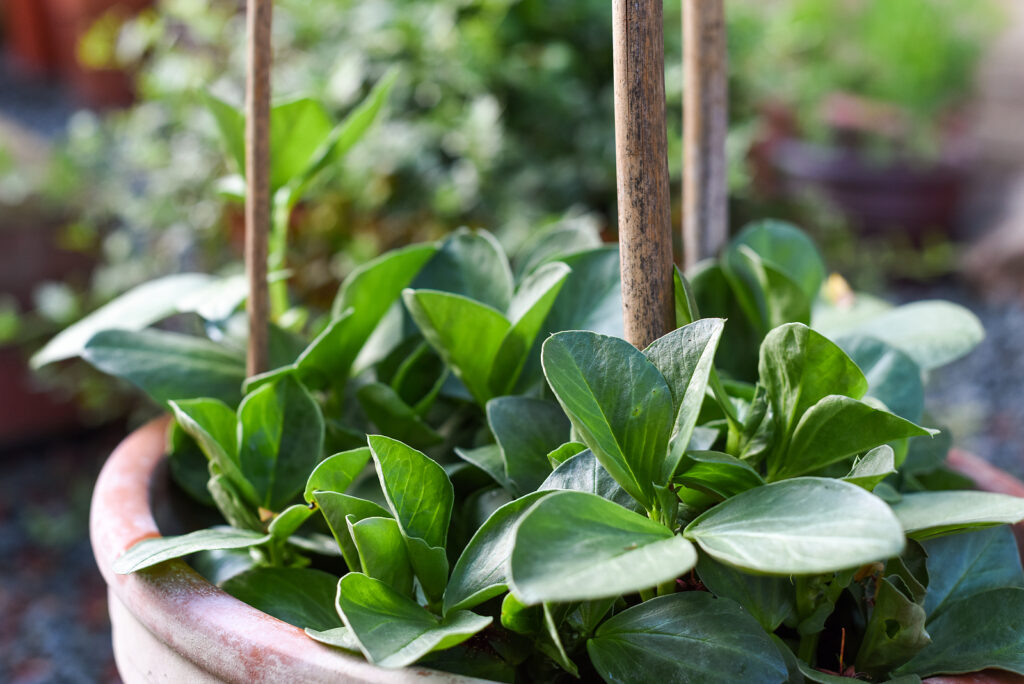
Planting beans in containers
- Plant beans directly in the container after nighttime temperatures warm to 60°F.
- Beans grow and fruit best at temperatures between 70°F and 85°F (21-29°C).
- Seeds germinate best between 70°F and 80°F (21-26°C).
- Bean seedlings do not transplant well.
- Plant bush snap beans 3 inches apart in containers.
- Plant pole snap beans 9 to 12 inches apart.
- Beans will benefit from a pre-planting treatment with an inoculant powder which helps the plant convert nitrogen from the air into nitrogen in the soil.
- Cover beans seeds with 1½ inches of soil.
- Plant lima beans, soybeans, and fava beans 4 to 6 inches apart; cover lima beans with 2 inches of soil.
- Plant cowpeas 3 to 4 inches apart and cover with 1 inch of soil.
Light requirements for beans
- Grow beans outdoors in full sun, 8 to 10 hours of sunlight per day is best.
- Beans can be difficult to grow under lights indoors. Use bright lights indoors.
- Bean seedlings or transplants can be started in peat pots with two 40-watt fluorescent tubes.
- Growing indoors use cool-spectrum lights for seedlings and switch to warm-spectrum for flowering, or grow under a blend; use HO T5, CFL, LED, MH/CMH, or HPS lamps.
Temperature and humidity for beans
- Sow snap beans outdoors as soon as the soil reaches 65°F and warmer.
- Beans grow best between 65°F and 85°F.
Soil for container-growing beans
- Use a commercial soil mix; you can add one part of organic matter such as bagged compost or ground bark to every three parts of the soil mix.
- Beans are suited to hydroponic, aquaponic, and aeroponic systems.
Watering beans in containers
- Beans grow best with a steady even amount of moisture.
- Beans need 1 inch of water per week that is 0.6 gallons of water per square foot of soil surface space.
- If the weather is hot and dry, check the soil every day for moisture. Never allow the soil to go completely dry.
Feeding beans in containers
- Feed beans with a low nitrogen fertilizer such as 5-10-10.
- Add fertilizer to the soil at planting time. When the plants begin to flower fertilize a second time.
- Use a diluted liquid fertilizer after flowering, but don’t overfertilize or fruit production will be reduced.
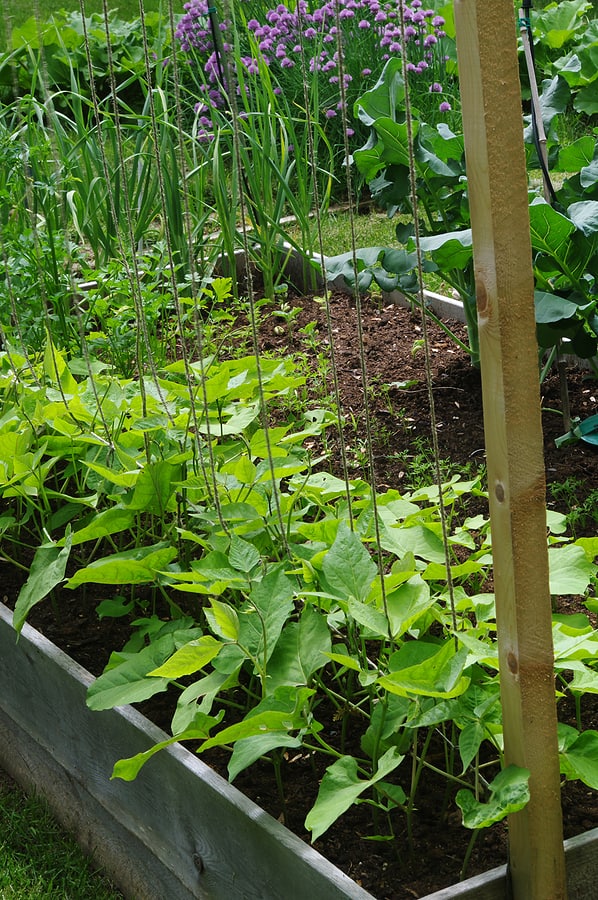
- How to Plant and Grow Snap Beans for a Productive Harvest
- A Guide to Growing Snap Beans in Containers
- Types of Beans for Home Gardens
- Snap Bean Seed Starting Tips
- Snap Bean Varieties: Which One Should You Grow?
- Harvesting, Storing, and Cooking Snap Beans: A Gardener’s Guide
- The Ultimate Guide to Growing Beans: From Planting to Harvest
- Common Bean Pests and Diseases: What Every Gardener Should Know
Caring for beans
- When growing pole beans, place the stake or trellis in the container at planting time.
Bean problems, pests, and diseases
- Bean mosaic virus caused leaves to be misshapen and plants to become stunted and the pods smaller.
- Bean mosaic virus is spread by aphids and infected seeds. Purchase disease-free seed.
- Aphids can be controlled with insecticidal soap.
- Mexican bean beetles can be a problem in the East and Southwest; exclude bean beetles with row covers.
- Fungus gnats can be a problem when growing indoors.
- Spider mites can attack stressed plants.
- Powdery mildew and fungal leaf spots can be a problem if the water sits on the foliage.
Harvesting beans
- Bean harvest typically occurs from mid to late summer, and early summer for fava beans.
- Pick beans when the sides are just starting to bulge. Beans that fill out completely can become tough and stringy.
- Pinch the pods off the plant with your fingers.
- The more frequently you pick beans, the more plants will produce.
- Pole beans have strings that can be removed by snapping off one end and pulling the string down to the other end of the bean.
- Avoid harvesting beans when the plants are wet.
- Snap beans left too long on the plant can be harvested as shell beans when the beans in the pod are plump.
Bean varieties to grow in containers
Snap beans (also known as string beans and green beans)
- Bush: Bush Green, Bush Yellow, Dwarf Velour French, Bush Kentucky Wonder, Blue Lake 274, Contender, Masai, Tendercrop, Topcrop, Greencrop, Purple Queen, Gold Mine
- Pole: Kentucky Blue, Romano, Blue Lake, Purple King, Cascade Giant
Purple podded beans
- Purple Queen, Purple Peacock, Royal Burgundy
Italian beans
- Romano, Varoma
Wax beans
- Roc d’Or, Gold Crop
Scarlet runner beans
- Scarlet Runner, Scarlet Emperor, Painted Lady, Dwarf Bees
Filet beans
- Straight ‘n Narrow, Maxibel
Shell beans
- Flagrano, Tongue of Fire
Dried beans
- Kidney beans, black beans, black-eyed peas, garbanzos
Lima beans
- Thorogreen, Fordhood 242
Other beans
- Black-eyed pea, lima bean, cowpea, pigeon pea, soybean, winged bean, yard-long bean can be grown the same way as snap beans.
Books to help you grow:
- Vegetable Garden Almanac & Planner
- Kitchen Garden Grower’s Guide Vegetable Encyclopedia
- Vegetable Garden Grower’s Guide
- Tomato Grower’s Answer Book
Related articles:
Soil and Planting Mediums for Containers
Pot and Container Sizes for Growing Vegetables
Care and Feeding Vegetables in Containers
Container and Pots Sizes: How Much Soil Do I Need
How to Plant, Grow, and Harvest Snap Beans
How to Plant, Grow, and Harvest Broad Beans, Fava Beans
How to Plant, Grow, and Harvest Lima Beans
Related articles:
How to Plant and Grow Snap Beans
How to Harvest and Store Snap Beans
Bean Growing Problems: Troubleshooting
Five Ways to Quick Cook and Serve Snap Beans
How to Can Green Snap Beans for Beginners
Cooking and Serving Yard-Long Beans
How to Grow Plant, Grow, and Harvest Chickpeas and Garbanzo Beans
How to Cook and Serve Chickpeas
How to Plant and Grow Lima Beans
How to Plant, Grow, and Harvest Broad Beans and Fava Beans
Five Ways to Cook and Serve Fava Beans
All About Dried Beans – Growing and Cooking

